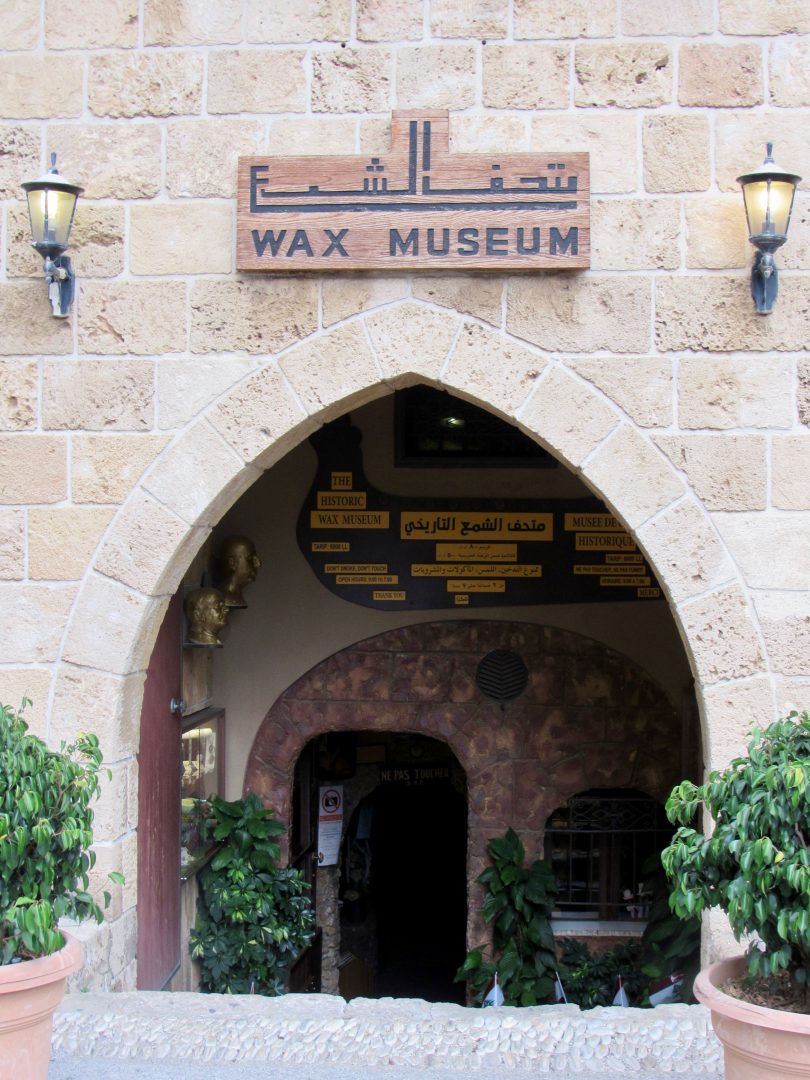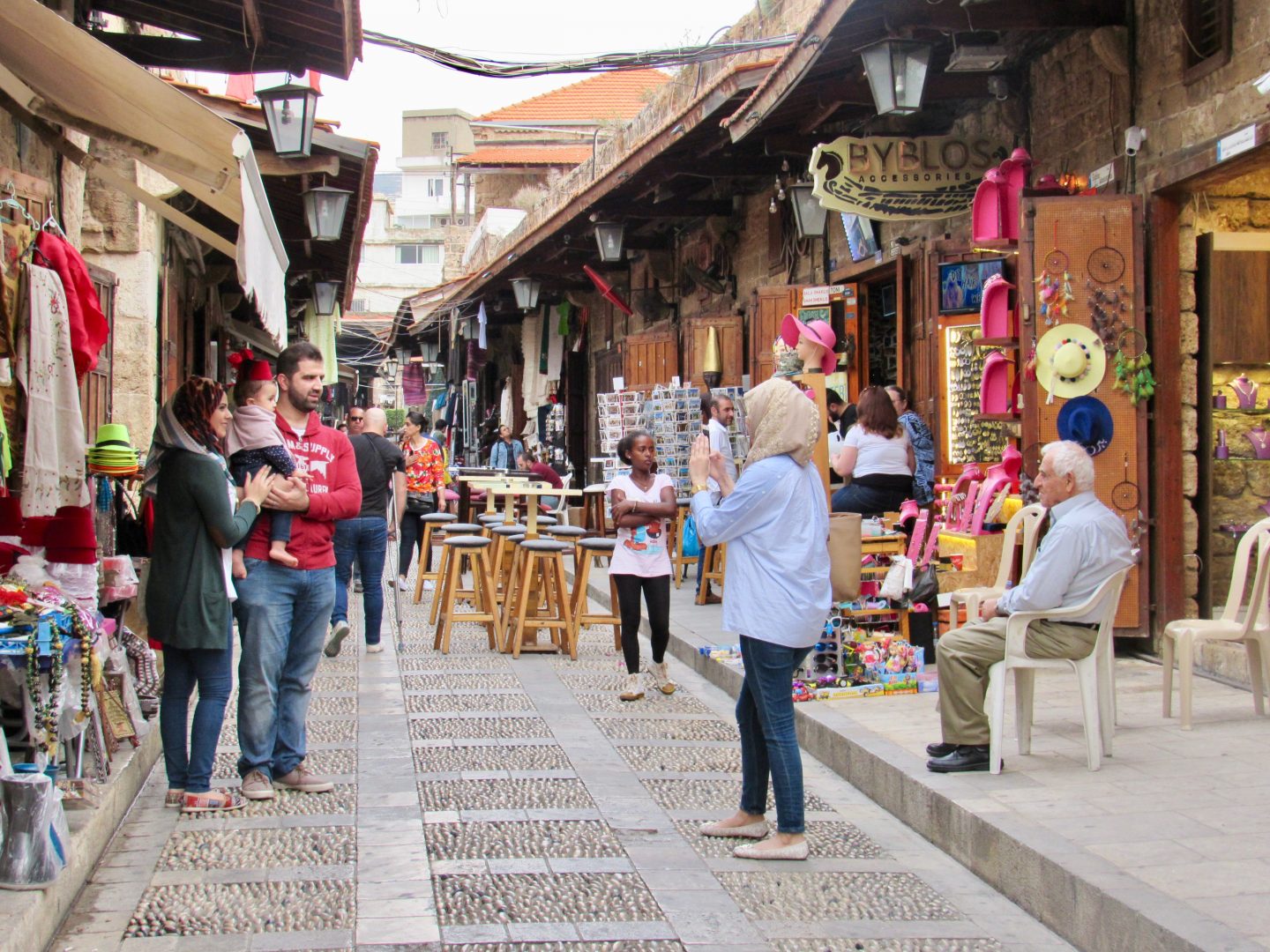Those who visit Beirut can go to Biblos for the day. It is only 36 kilometers going along the highway by the sea and takes about 40 minutes to arrive. Many people make this trip combined with the Jeita Grotto.

We went to Biblos twice since we really liked this lovely town by the sea.
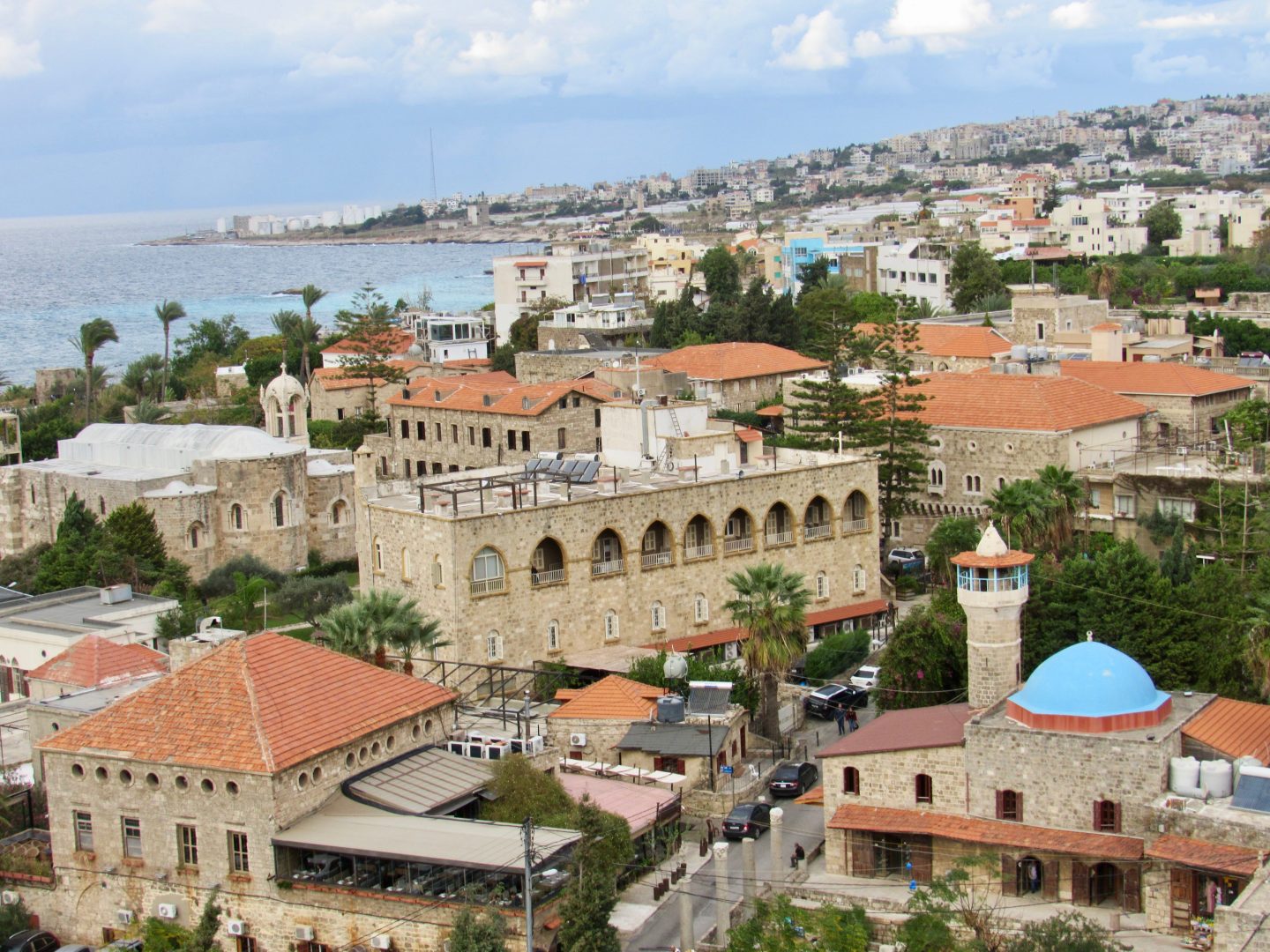
The first time we went when we arrived in Lebanon. We rented a car at the airport and stopped on our way to Tripoli where we were going to spend the night at Via Mina Hotel. We had to go back since we went when it was almost winter and they had closed the Castle because it was getting dark early.

The history of Byblos begins between 8800 and 7000 BC
Byblos in Lebanon is one of the oldest cities in the world. It is not known exactly which city is the one that takes the title but Byblos is one of the contenders. According to the legendary Phoenician Priest Sanchuniathon, this city was built by Cronus (the Titan of the harvest according to Greek mythology) as the first city in Phenicia.
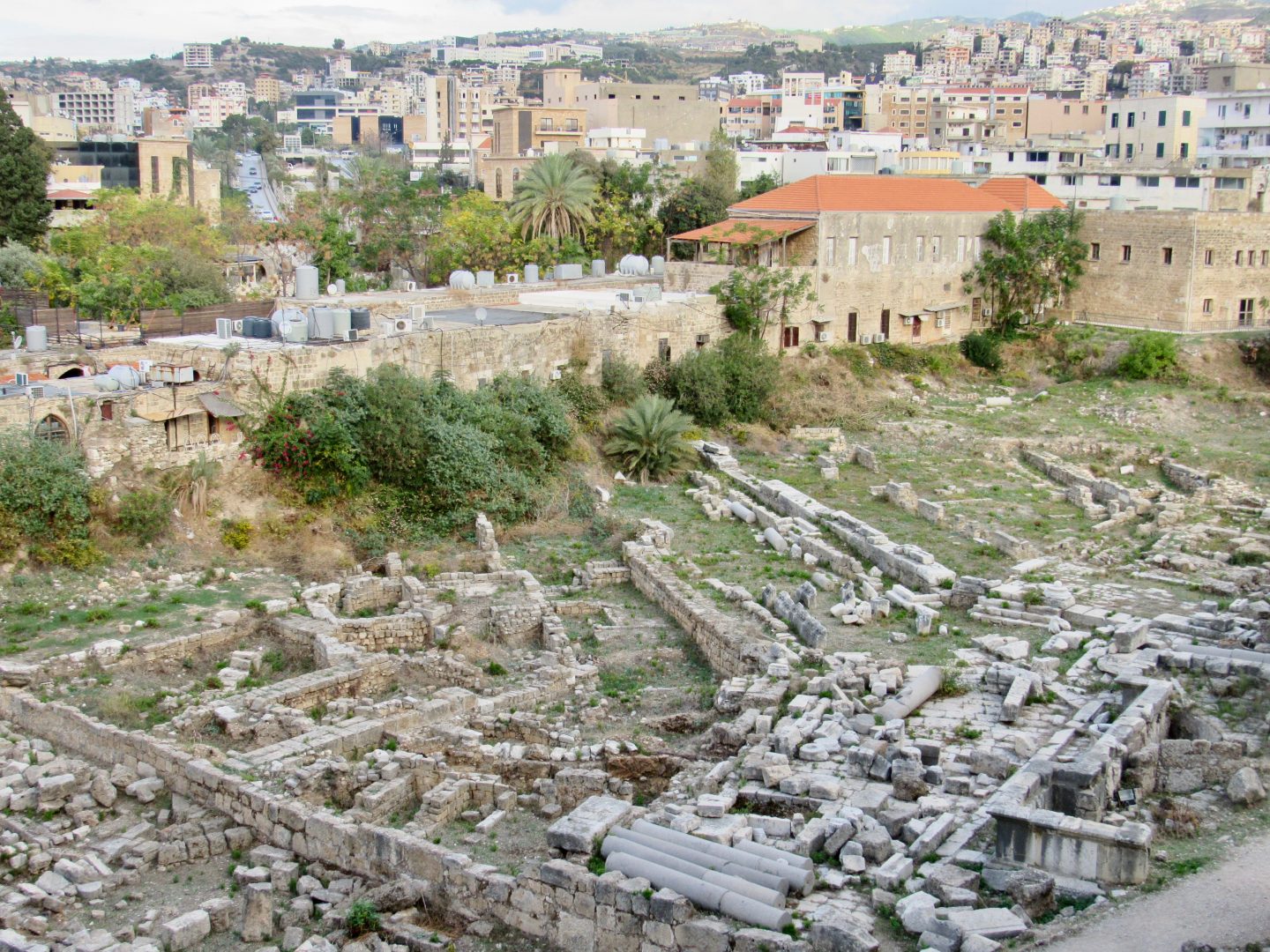
According to the historian Durant, “Byblos was considered the oldest city of all, founded by God El at the beginning of time” and was the religious capital of Phenicia.
UNESCO declared the site as a World Heritage Site in 1984 since it was one of the oldest cities in the world. It is also one of the few places in the world where all periods of history have been represented.

The city of Byblos had many names during ancient times. Its original name was Gubal during the Bronze Age and Gebal in the Iron Age. Excavations in the area have found tools and weapons of the stone age. In the Chalcolithic period (4,000-3,000 a.d) they began to bury the dead in ceramic jaws with their belongings.
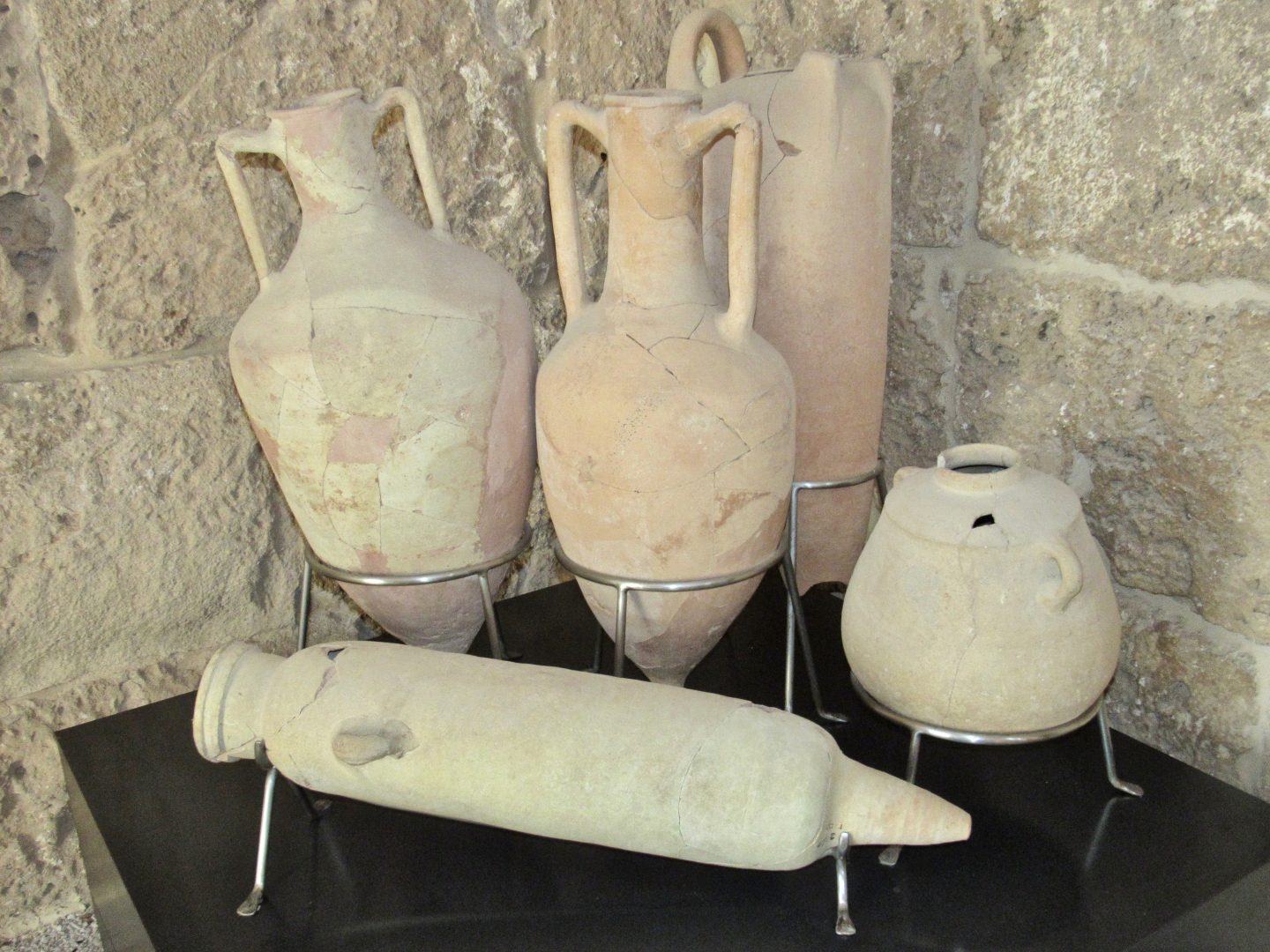
It was a city of “Canaanites“, a name used by the ancient Greeks from 500 BC to call the Phoenicians. The Phoenician name GBL can be derived from GB, which means “good” or “origin,” and from EL, the name of the supreme God of the Biblos pantheon.
The current name comes from ancient Greek when the city was known to be the export point of the papyrus to the Aegean Sea. Papyrus in ancient Greek was βύβλος (bublos). It kept changing until the book made of papyrus became “Bible.” The name of the sacred Bible for Catholics derives from this name. The Arabs know the city as Jbeil.

Byblos was port power
Located 37 kilometers north of Beirut, the old Byblos site occupies a privileged position. It has an area of seven hectares, bordered on the west side by fossilized stone cliffs.

To the north and south, by two valleys that flow into natural streams that form an exit of a narrow agricultural coastal strip. Being in the foothills of the Mount Lebanon chain gave the city commercial opportunities to export cedar wood. Biblos was the door of the “Country of the Gods” for Egypt.
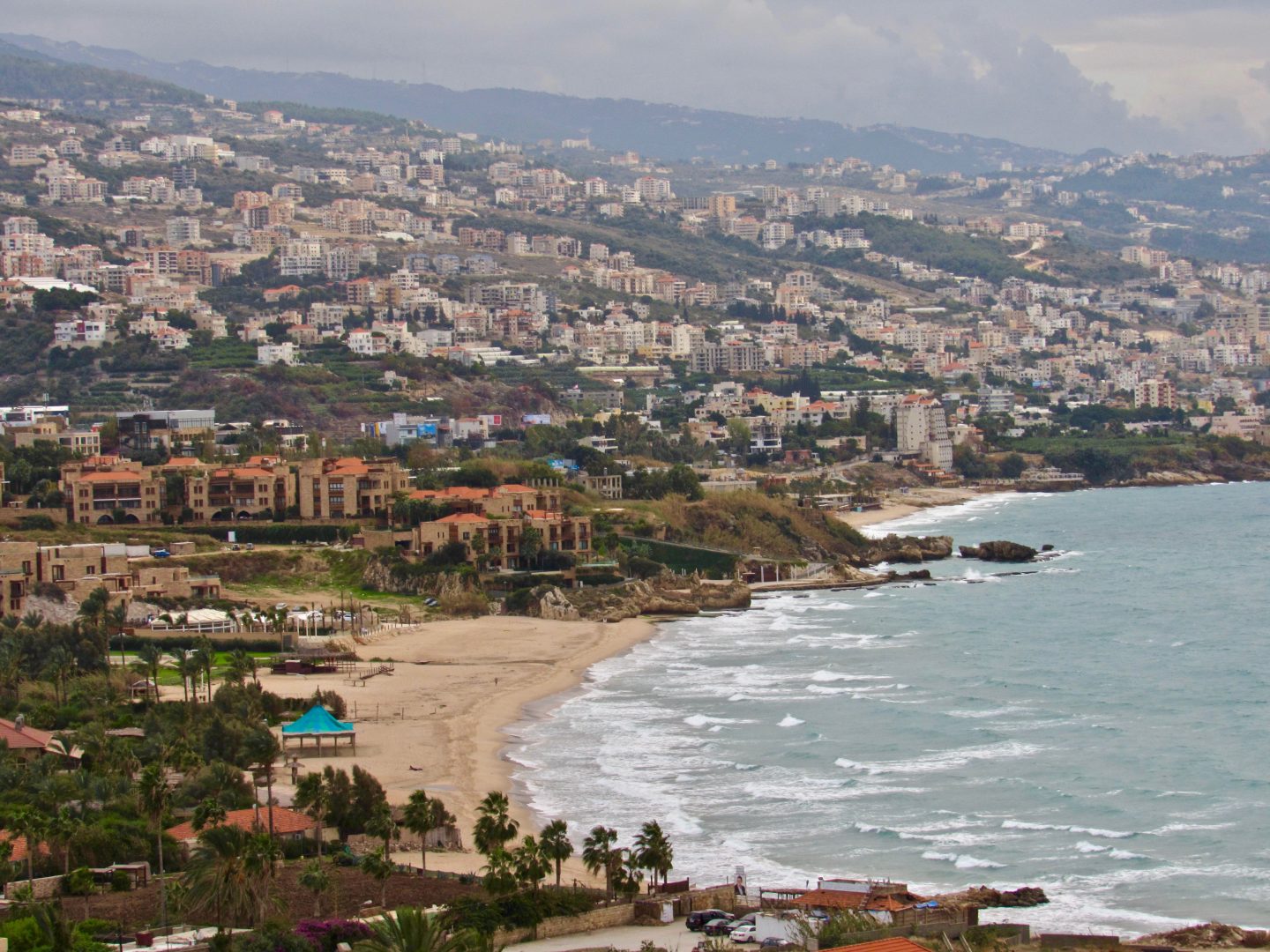
At the beginning of the bronze era, Byblos became the most important timber export center in the eastern Mediterranean. The pharaohs of Egypt needed the cedar to build graves, ships and for funeral rituals. You can read more in my article about the Cedars of God. Egypt sent Gold, alabaster, papyrus and linen rope to Byblos. Gifts from the royal tombs flooded the city with riches.
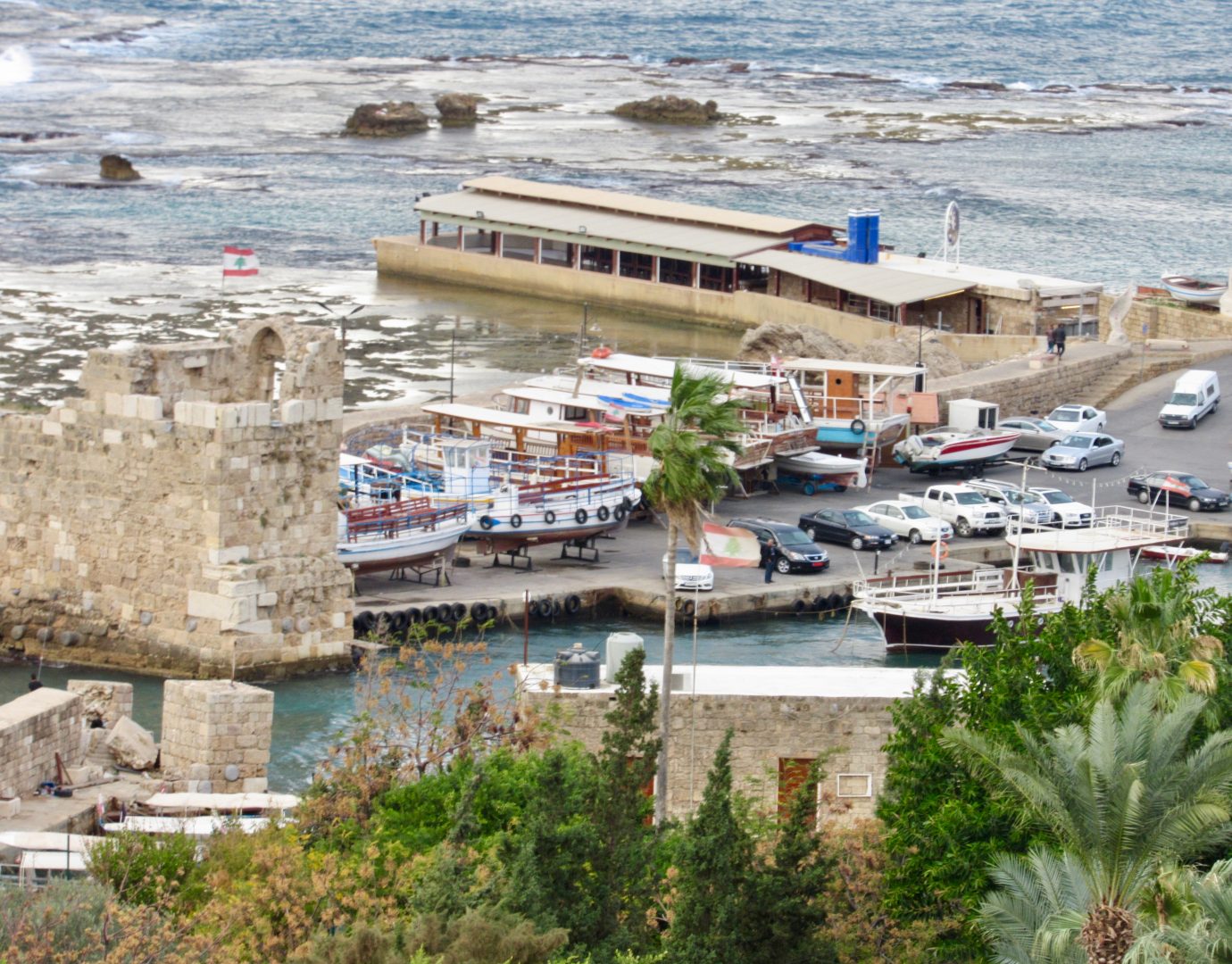
The “people of the sea” came from the north to Byblos around 1,200 BC and they taught their skills to the maritime society that we know today as the Phoenicians. During this time the scribes developed the Phoenician alphabet, precursor of our modern alphabet.
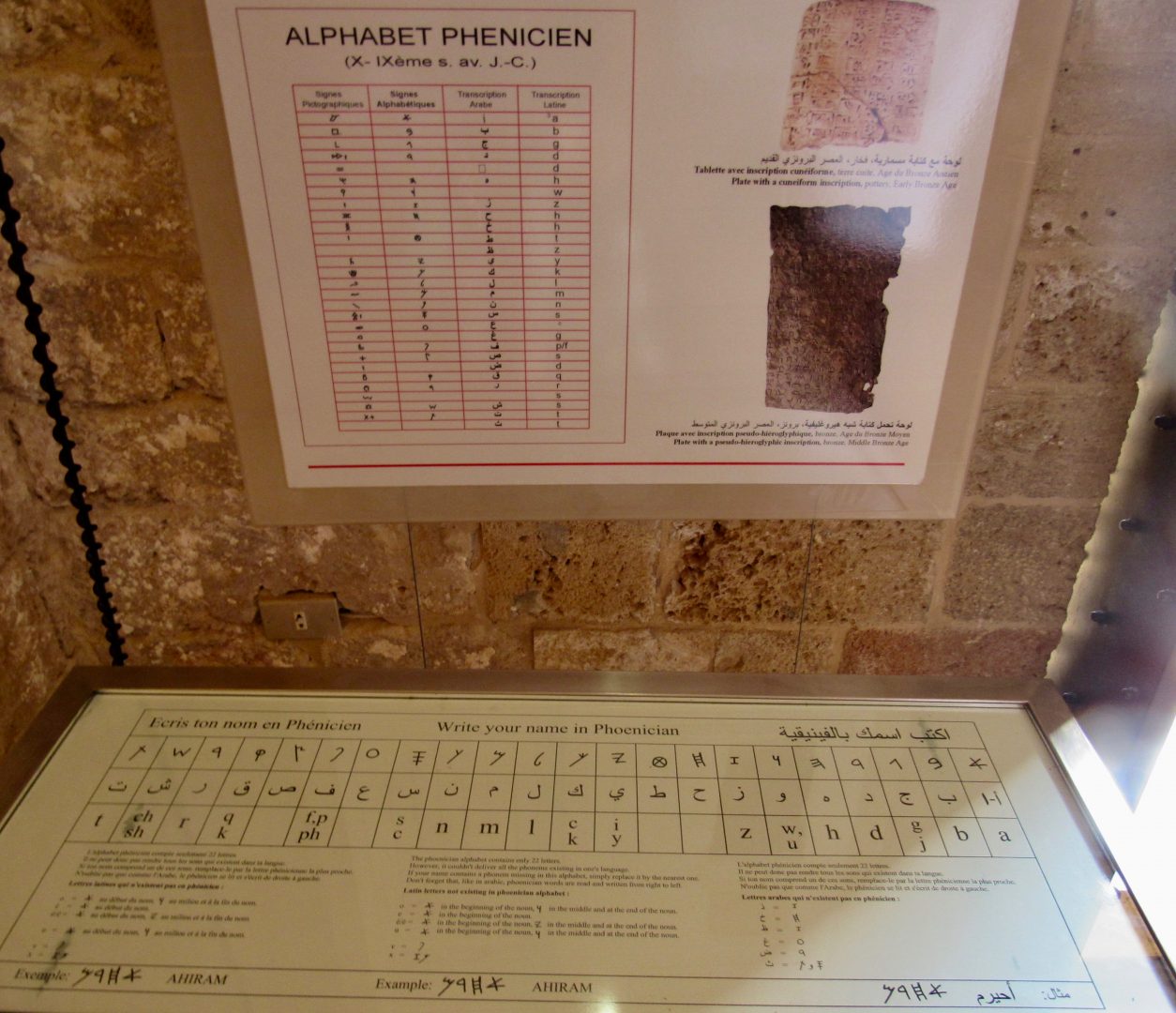
For 800 BC they had already traveled to Greece, forever changing the way of communicating. The oldest form of the alphabet was found in the sarcophagus of King Ahiram of Byblos.
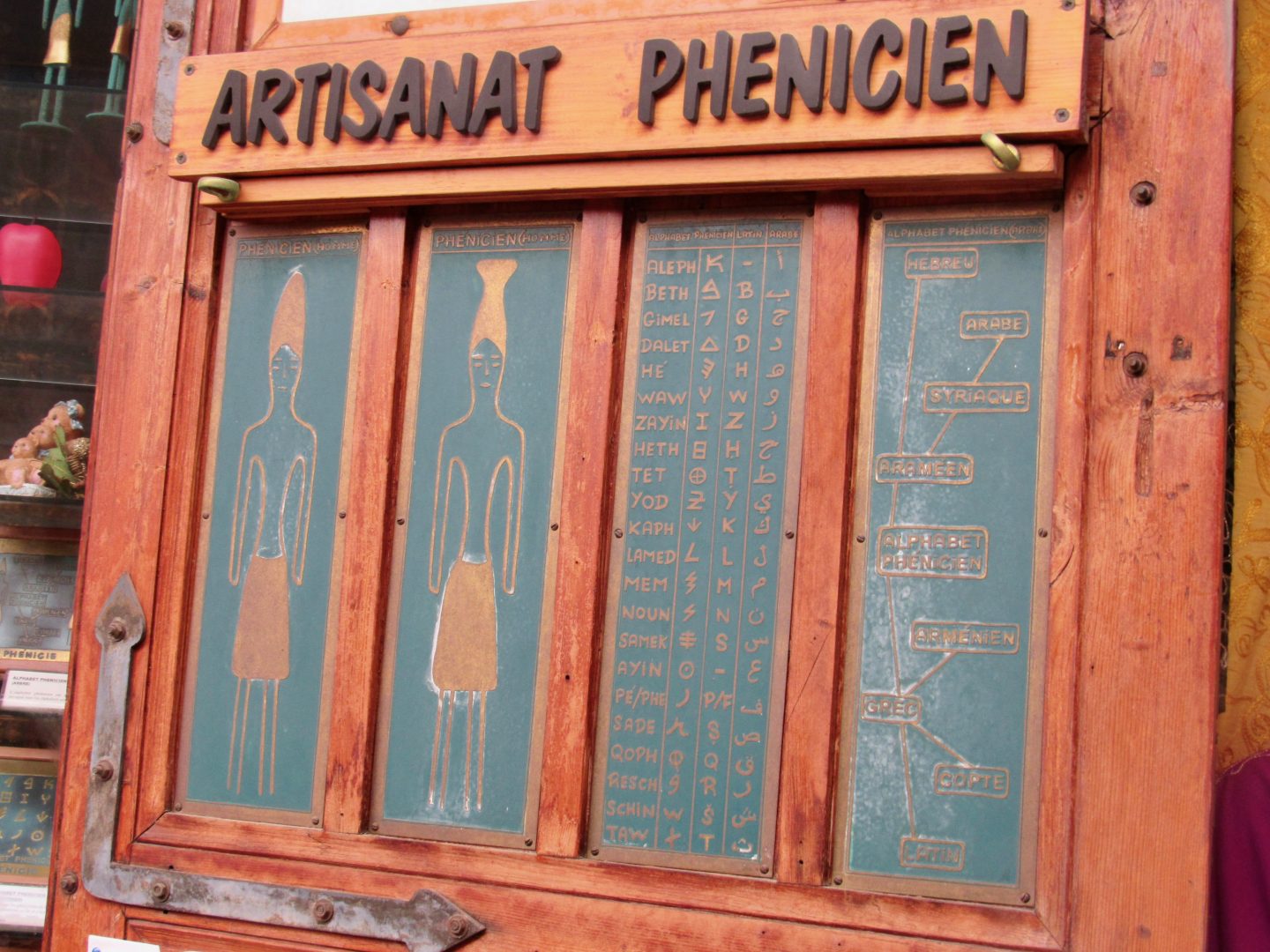
From the Romans to the Ottomans
Alexander the Great conquered the city of Byblos and quickly imposed Hellenism. Greek became the official language and the culture was adopted between 330-64 BC. Then the Romans arrived and built temples, baths and other public buildings. There is little evidence of the Byzantine period between 395-637 AD because the buildings were constructed of sandstone. The city was Catholic during this time.
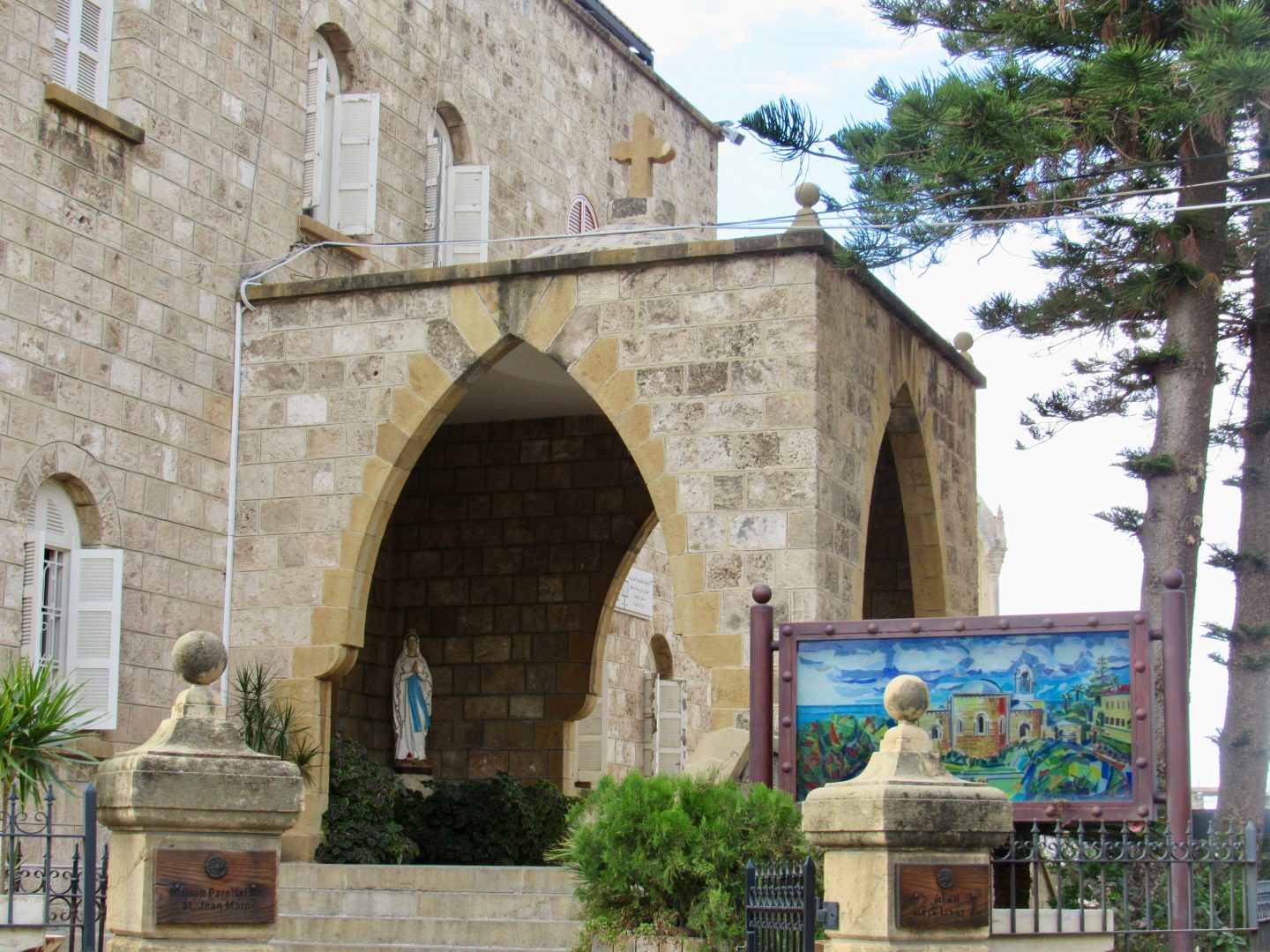
Muslim invaders seized the city and Byblos lost his wealth and importance. They did not rebuild the fortifications they destroyed when they conquered and that allowed the Crusades to easily take over the city in 1098. When they left, the city remained under the Arab rule of the Mamluks and Ottomans. The ancient city fell into complete oblivion.

In 1860, Byblos was rediscovered by Ernest Renan, a French historian. Between 1921-1924, the French Egyptologist named Pierre Montet, began the excavations and discovered the commercial relations between Byblos and Egypt.

The castle of Byblos and the Crusades
The visible ruins are from the Medieval era, especially from the period of the Crusades and Mamluks (slave soldiers, who were part of one of the armies that gained political control of several Muslim states during the Middle Ages). In 1104, the Crusaders fortified Byblos with walls, which still today delimit the ancient city. This medieval city covered an area of more than 13 hectares.

The north, east and west side looked towards the port. These strategic exits allowed the unloading of small ships, in addition to evasion in case of an attack. The citadel was protected with rake (a wooden sliding door) and matacanes (an opening through which stones or burning objects could be thrown on the attackers).
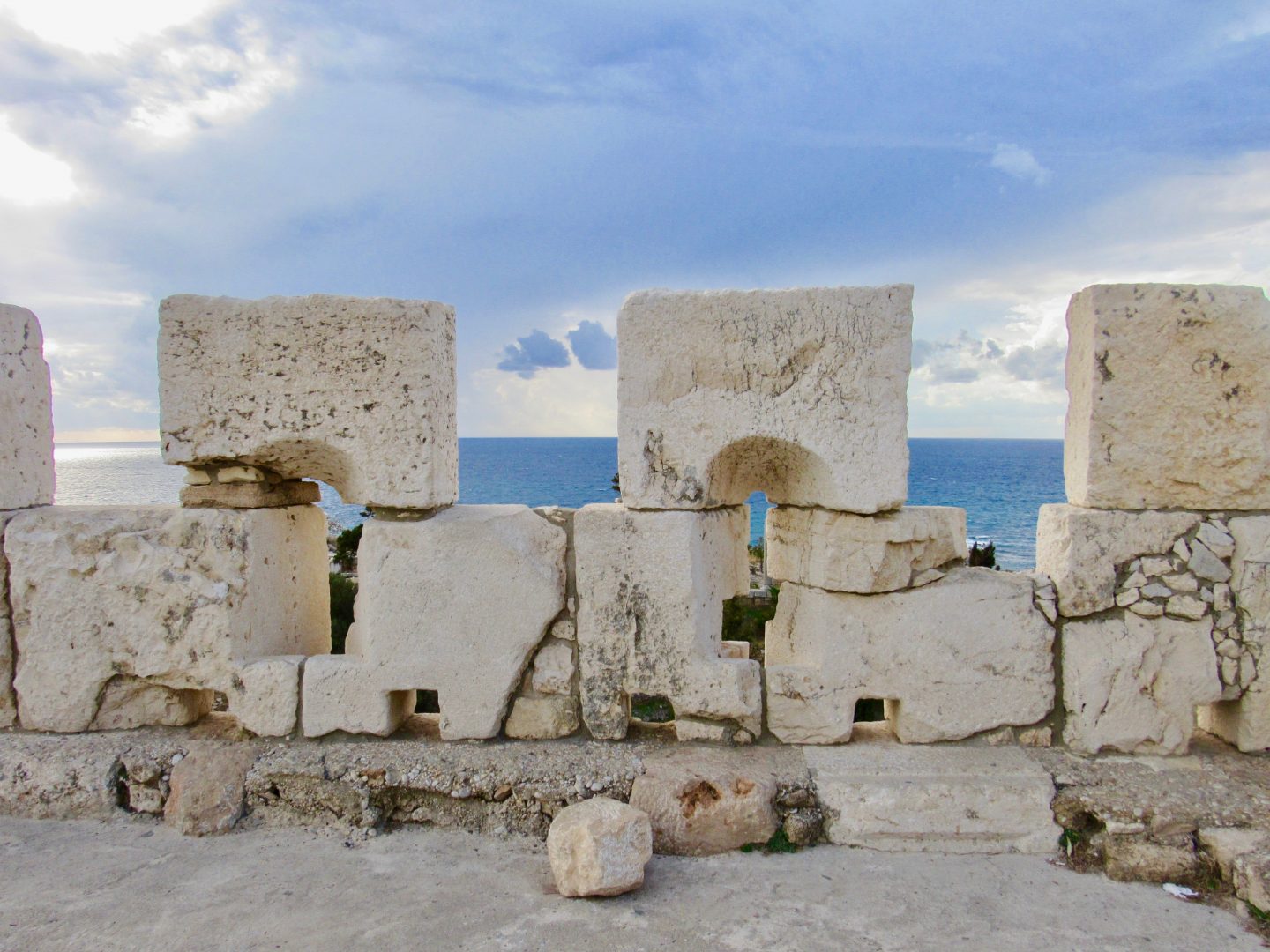
The second line of defense consists of four towers located at angles and connected by walls with loopholes. A fifth tower stands out between the two northern towers. The citadel was subject to several destruction and remodeling that are especially visible in the upper parts of the monument. At the end of the 19th century, the castle was used by the Turkish garnison and continued to play a minor military role.
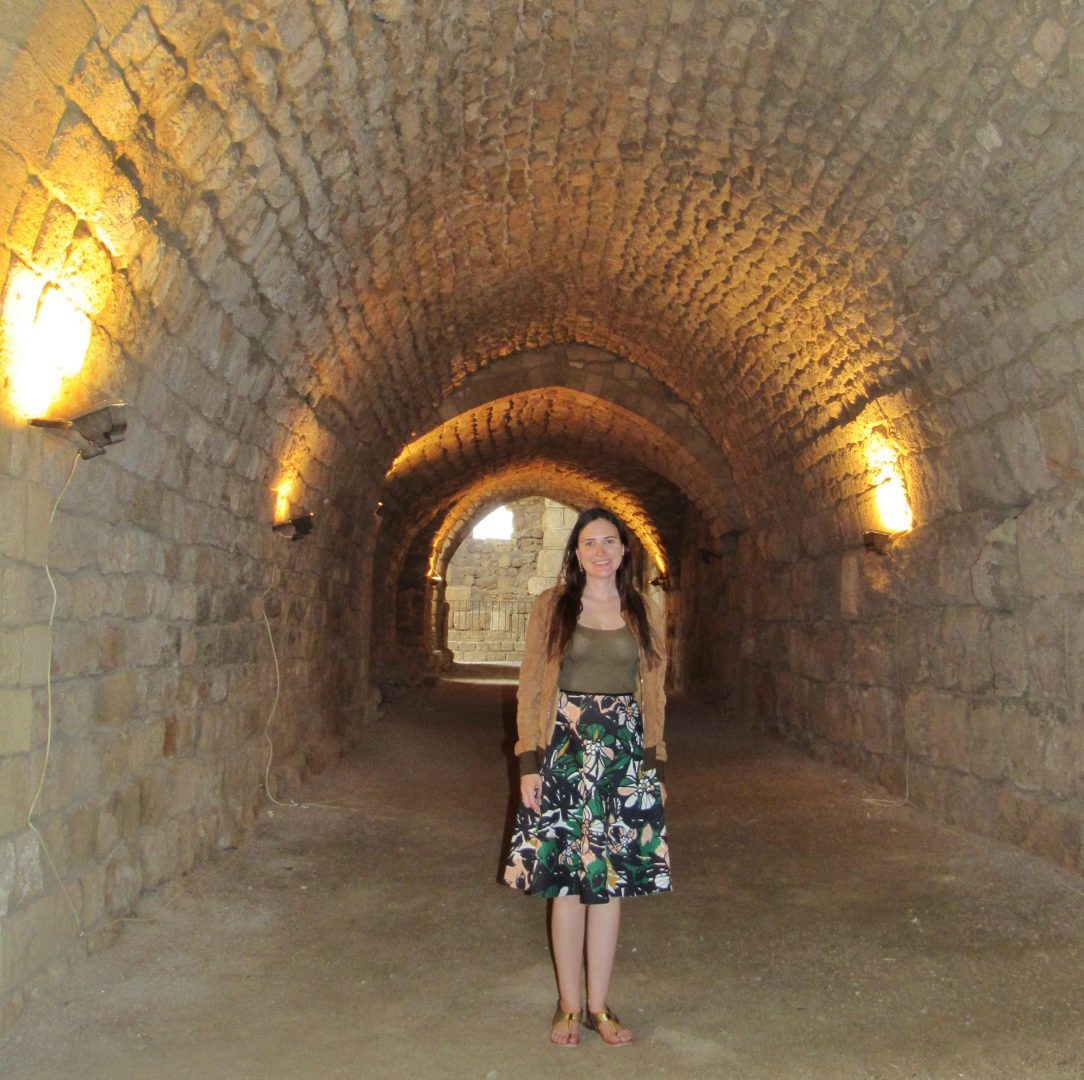
Other structures that tourists can see include a Roman colonnade and a small theater; Phoenician walls, three main temples and a necropolis.

Byblos today
Byblos was the winner of the Golden Apple award (given by FIJET, the world federation of tourism journalists and writers) for excellence in tourism in 2014. It was also chosen as the capital of Arab tourism for 2016 by the Arab Tourism Council.
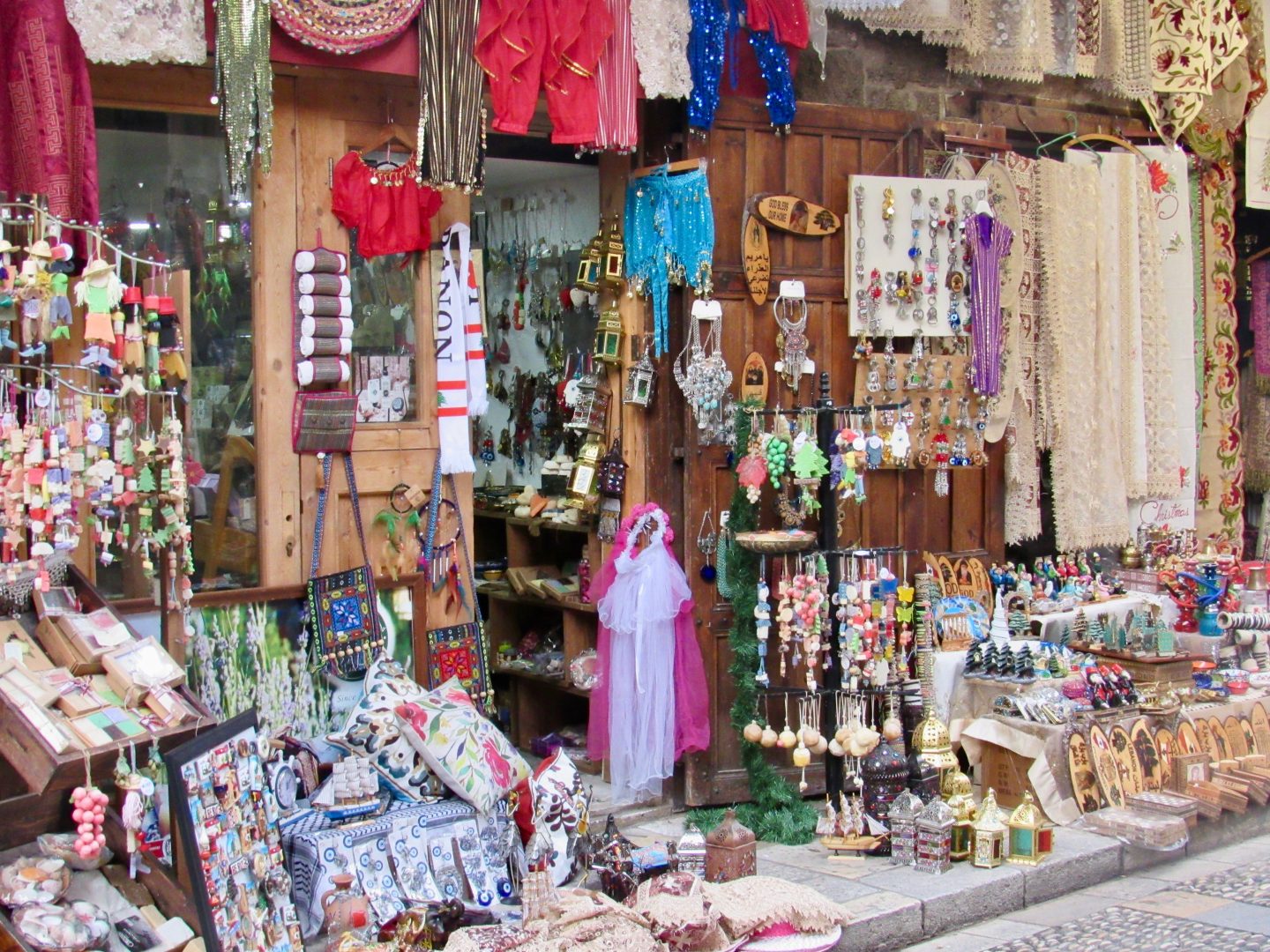
If you can spend the night in some hotel en Jbeil you can enjoy the nightlife that gets excellent in the summer season.

The streets are full of cafes and bars perfect to sit and hang out and see people. I ordered a local beer called Almanza while my mom went to see books.
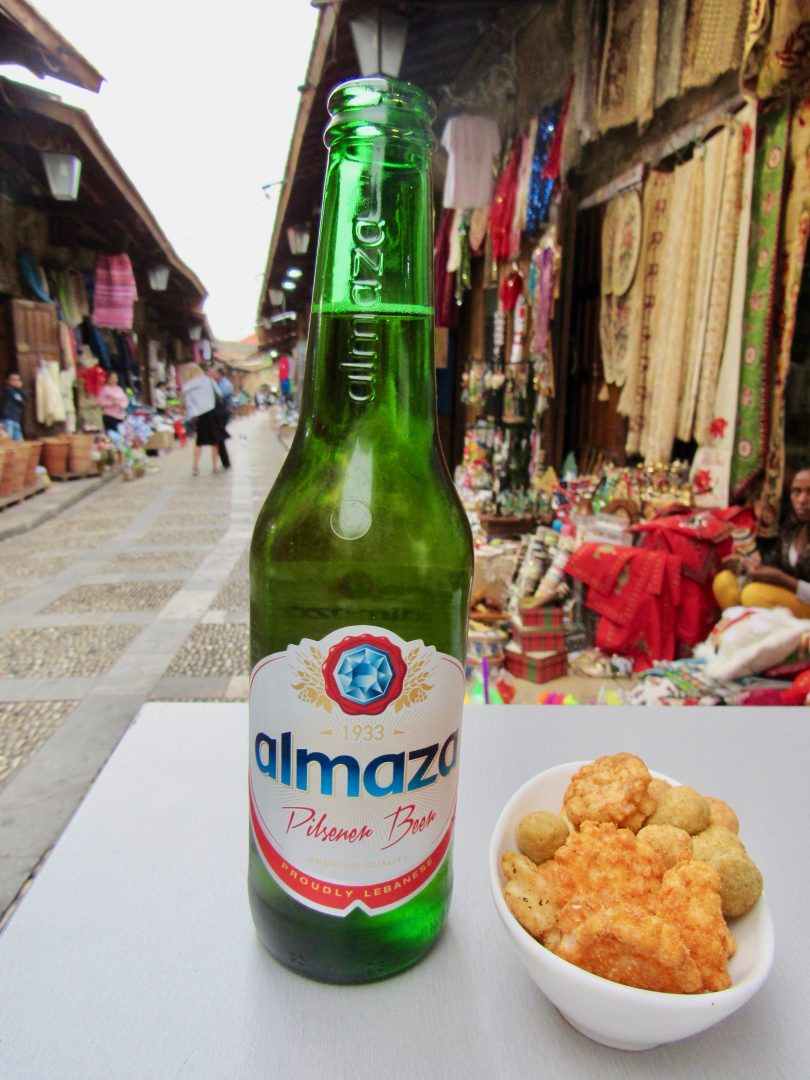
The good thing about visiting Lebanon is that since it is half Catholic you can buy and drink liquor everywhere. I really liked this sign that said coffee had free Wi-Fi and cold beers.
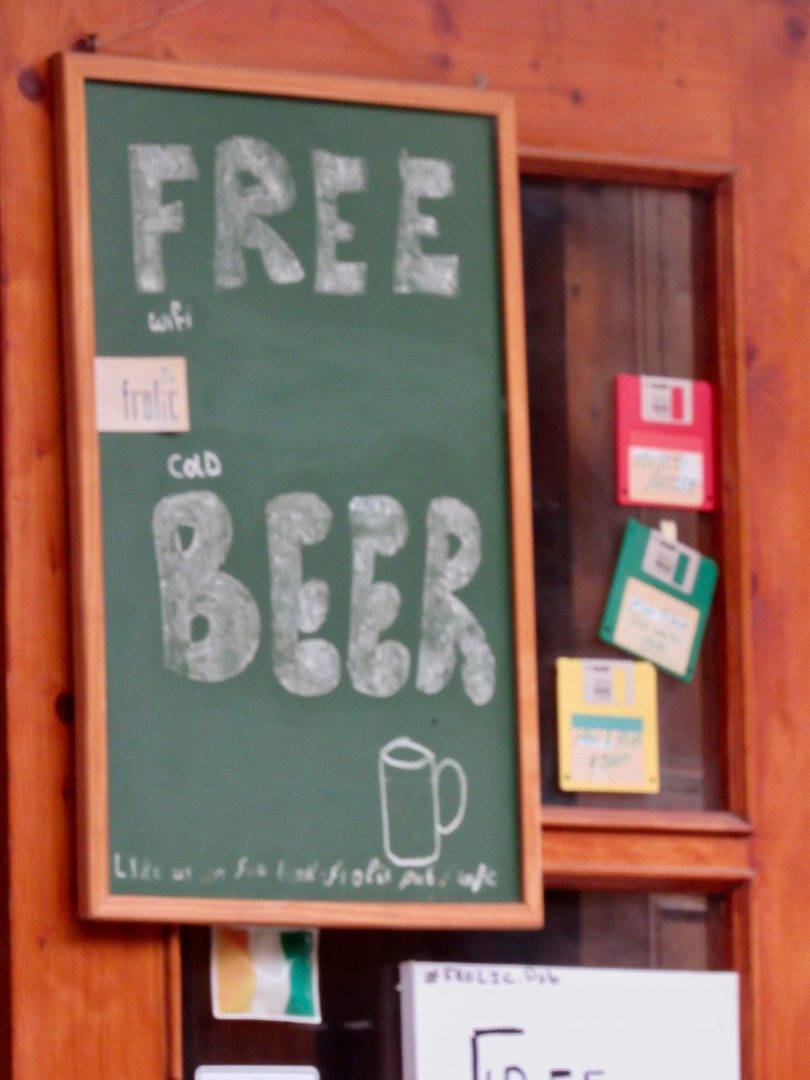
If you want to try Lebanese food you can go to Feniqia which is diagonal to the castle. We had lunch there shawarmas and they were good.

As we wanted to vary we also went to a sushi site called Kami Sushi, which is close to the colonial part. They have parking so we took the opportunity to leave our car and go exploring.

The day we went they had a market that sold local and organic products. You could buy fruits and vegetables that looked beautiful at very affordable prices.

They gave us wine and a liquor called Arak made from anise. You can buy some species like sumak that is delicious on salads and a bottle of apple cider vinegar that is very healthy.

In addition to the Byblos castle, you can go to the Wax Museum that explains the history of Lebanon and how it evolved from rural life to the present.
